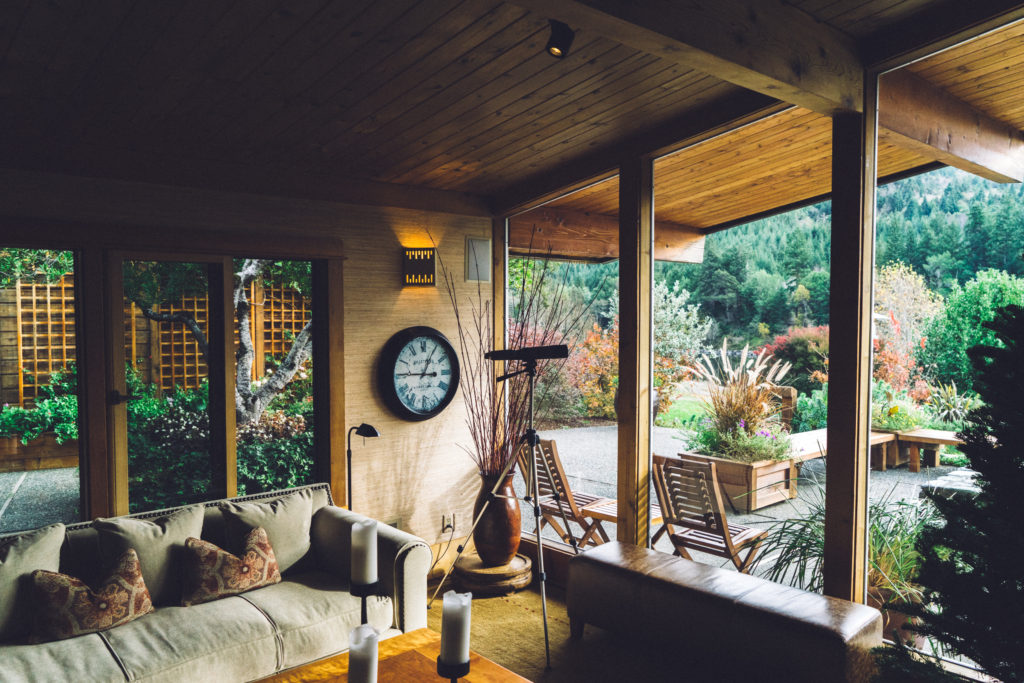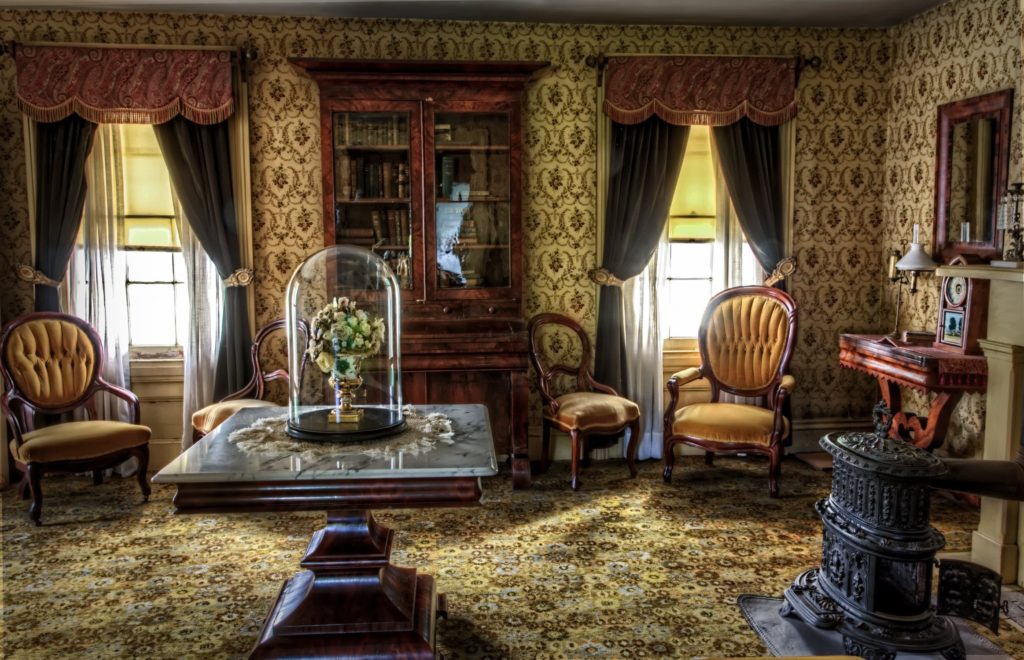7 Things You Need When Starting a Remodeling Business
No matter if you already have some formal remodeling experience or if you have a passion you want to turn into a source of income, you might want to think about starting your own remodeling business. However, starting this sort of venture is a task that requires money, perseverance and plenty of knowledge. While we can’t help with the first two, we can share some useful tips that will help you start your own remodeling business.
Acquire the licenses
It all starts with licenses. In order to work legally, you need to have a registered company with all the necessary licenses. In most cases, you’ll need to acquire a DBA certificate (“doing business as”). In some cases, you will also need to have a contractor’s license to make public petitions for remodeling. Consult with your local licensing office and get informed about all the licenses you need. You also need to create a separate bank account with your company’s name on it which will accept payments and allow you to keep your work and private life separate.
Get insured
It’s best to halt all work until you get insurance. A good general liability insurance deal will cover you in case of any injury at work or any damage to someone else’s property. In fact, in many countries, you’re required by law to be insured, especially when it comes to worker compensation. Practical commercial property insurance can also come in handy in case your equipment or furniture gets damaged or stolen.

Get the tools
Depending on the type of remodeling you’re performing, you need to have the right tools for the job. For example, it’s crucial to have different kinds of hammers, nail guns, screwdrivers, tape measures, saws and other smaller tools. If you miss something essential, it can delay your work and cost you a lot of money.
Invest in a truck
Every successful remodeling business needs a truck. Of course, you don’t need anything huge, but a medium-sized vehicle with make things so much easier, especially when it comes to moving lumber, bricks, furniture and appliances. And if you’re worried about the price, don’t be. You can always find a respectable dealership with many new or used trucks for sale at affordable prices. Even if you choose a used vehicle, you’ll still have many models at your disposal. And if you ever decide to quit your business, your truck will be easy to sell and get some money back.
Create a good network
The people around you can make a huge difference between a successful and unsuccessful business. If you can be sure your materials will arrive on time and your contractors will finish everything according to your instructions, you can expect plenty of satisfied customers. After all, the finished product will have your name on it, so you want to be associated with only the reliable business partners.

Promote your business
Today, there’s no business without promotion. Many remodeling experts today rely on referrals, so you want to collect as many satisfied customers as you can get. One way to promote your business is to create a referral program. Every customer who recommends you to a friend or family member can get discounts and special gifts. Also, contact your local radio stations and blogs and offer promotional deals to customers. Creating a flat fee for specific projects your business offers is a smart idea that will attract many people.
Prepare for slower periods
Remodeling business closely depends on the real estate market and your local economy, so you can prepare for some not-so-great times. If you’re located in an area with separate seasons, prepare to have slower winters and more active and productive summers. While remodelers working in Australia or California might not notice this phenomenon, places with cold winters with plenty of snow certainly feel the difference. Winters are not so suitable for remodeling and people usually spend a lot of money on vacations and presents. However, in order to push through slower periods with minimal losses, you can advise your budget customers to postpone their old house remodels until winter. If you offer better prices, you can expect to have plenty of work during this period of the year.
In order to become the owner of a successful business, you need to make a profit, but make sure to conduct your work without cutting too many corners. As long as you provide your customers with cost-effective, reliable and safe services, you can expect to have plenty of work and a load of satisfied clients ready to recommend your products to all their friends and family.







